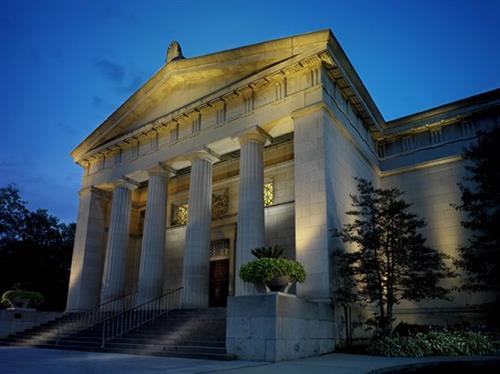posted by Alecia Kintner ON
Jul 27, 2018

The arts make our cities vibrant and can act as a critical part of our cultural, personal, and community identities. The arts can provide new perspectives, express emotion and act as a larger voice, representing diverse peoples and opinions. Yet, there is often an expectation that arts and cultural institutions — particularly museums — can and should be neutral to the issues that affect our lives and communities. With the arts so integral to our communities, is it reasonable to expect those institutions to be neutral?
That question has recently become a national conversation. In 2017, Mike Murawski of the Portland Art Museum and LaTanya Autry of the Mississippi Museum of Art and The Empathetic Museum created a “Museums are not Neutral” campaign. To introduce this point of view, Mike Murawski wrote, “Museums have the potential to be relevant, socially-engaged spaces in our communities, acting as agents of positive change. Yet, too often, they strive to remain ‘above’ the political and social issues that affect our lives — embracing a myth of neutrality.” The perspective of this campaign is that museums, rather than being separated from their communities, have a greater opportunity to be deeply involved in their communities by providing a space for people to discuss issues, share ideas, and build positive relationships.
When museums don't constrain themselves to neutrality, they can facilitate community conversations, allowing diverse people to share their perspectives and thus driving more empathetic experiences. The non-neutral role of museums presents a great opportunity to bridge cultural divides and create impact.
If we want to harness this potential power of museums, it is important that communities can see themselves as part of our museums through broad access. To increase local access, New York City recently created the Culture Pass program, through which New York City Library cardholders can reserve a pass and get free admission to dozens of cultural institutions, including museums, historical societies, heritage centers, public gardens and more. This program was so popular that it sold out within days, proving that local residents want to be a part of their museums when given the opportunity.
Greater Cincinnati is also tapping into the power of its museums, creating broad access to the community. Thanks to generous donors, general admission is always free to the Cincinnati Art Museum and the Contemporary Arts Center, and admission is free on Sundays at the Taft Museum of Art. With greater access, more Cincinnatians are attending museums. According to an Americans for the Arts study, the percentage of adults in Greater Cincinnati who frequent art museums is the fourth highest in the U.S., after New York City, Washington D.C. and San Francisco. Through discount programs like ArtsWave Pass, even more arts organizations have worked to make the arts more accessible. The opportunities to make connections and inspire empathy through the arts are already here in our region.
If museums and other arts and cultural institutions are providing access, creating conversations, and having an impact on the community, are they still neutral? You decide.